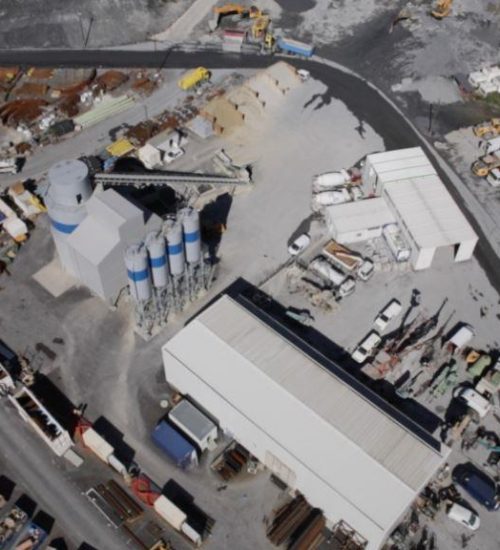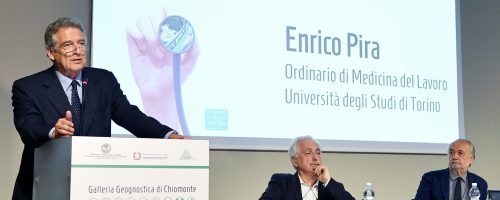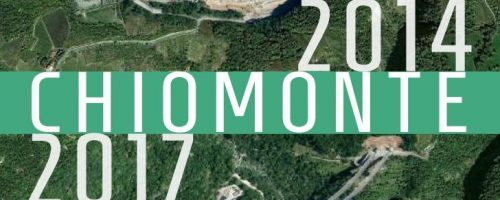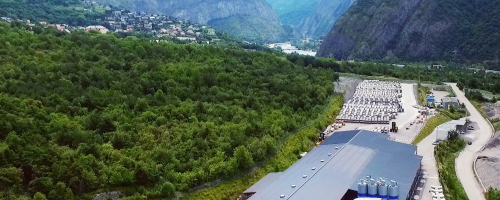The official TELT website has changed: from August 2022, telt-sas.com becomes telt.eu. If you have any problems or need help, please contact us.
The official TELT website has changed: from August 2022, telt-sas.com becomes telt.eu. If you have any problems or need help, please contact us.
In the case of a company such as TELT, which is building a project spanning more than one EU Member State, all elements concerning the environment are under the jurisdiction of the laws and regulations of the country in which the actual work takes place.
However, TELT has also implemented high-level comprehensive monitoring tools that cover both countries. These tools were the applied result of TELT’s environmental policy and allowed the company to gain the ISO 14001:2015 international certification for environmental management systems. This certifies the presence of a systematic and pre-established approach to the environmental management of the construction sites, with a special focus on the relationship with the locals as well as the authorities. TELT has always paid the closest attention to its local footprint and, since the beginning of its first surveys, it has adopted specific precautions (such as deploying numerous monitoring stations in France and Italy to keep under observation a vast area of water resources) and extraordinary control measures of the main environmental parameters. These actions are those that allowed the constitution of a large repository of lessons learned.


The TELT construction sites operate in such a way as to minimize noise and dust emissions. The methods used are an improvement and refinement of those developed in recent decades in other large construction sites around the world, such as those of the Swiss base tunnels and of the Brenner.

The project foresees that all the water collected within the tunnels, once it is divided by type of use (drinking water, hot water, etc.), will be made available to general use through a series of collectors that will convey it to the entrance.

In France as in Italy, over 50% of the surface area affected by the construction sites is not properly classifiable as natural environment but it is rather land that has already been exploited or that includes abandoned buildings. This confirms the importance of the ecological dimension in choosing and defining the work sites.

TELT’s commitment in all its sites can be summarised in the “Safeguarding the territory” programme. This one refers to the environment both as a natural habitat as well as to the historical and cultural system of local communities.
In Italy, the tools employed are the “localisation” of the project and a state-of-the-art system of environmental controls based on good practices already adopted during the excavation of the Chiomonte exploratory tunnel. In that case, TELT constantly monitored over 135 different parameters, including subsoil, hydrogeological risk, surface and subterranean waters, air, vibrations, noise, and electromagnetic fields.

Following its successful trial in Chiomonte, the HIA – Health Impact Assessment – carried out by the Occupational Medicine section of the University of Turin will be applied to all construction sites.
The HIA, first applied to the Chiomonte exploratory tunnel, is a study that measures the possible effect of a construction project on the health of the citizens. The 80,000 samples collected from 40 stations during the four years of work did not identify any health hazard.
The study, drawn up by the University of Turin, has shown that the pre-existing environmental levels of Chiomonte have remained the same and that there has been no negative impact on the health of the citizens who live near the construction site.

At the end of the works, TELT will return to the local communities the areas occupied by the construction sites after having carried out the planned activities to improve the various environments as a whole. The measures will concern areas already heavily occupied by infrastructural works or made up of disused industrial areas.
Such as on the site of Saint-Martin-la-Porte, where an abandoned former sawmill, 3 kilometres from the site, has become a factory producing ashlar for lining tunnels. Among the actions of the “Démarche Grand Chantier” programme, the factory employed more than 100 people, 75% of whom were local, while the production rate reached 90 units per day.

In France, 190 hectares of land have been set aside for biodiversity protection and 23 projects for fauna and flora compensation have already been launched. The protected species involved in TELT’s actions are 100, 22 of which are “target” species, which receive greater attention, including the “Maurienne Tulip” and the “Natterjack Toad”.
Since the beginning of the project, TELT has received important scientific support on this matter by ecologists and local partners, including the Alpine National Botanical Conservatory and the Natural Species Conservatory of Savoy.
TELT will build the base tunnel according to a sustainable strategy for the management of the related excavation materials. The materials will be excavated for a period of 6 years and they will mostly be reused in the construction of the tunnel itself: more than 50% of the material will become part of the concrete mixture used to build segments and railway embankments. The part that will not be possible to reuse will be placed in specific sites. These sites, in many cases, will be located in environmentally degraded areas and the project will therefore also contribute to their restoration. TELT is also working on innovative re-exploitation tools and it is developing way to reuse these materials across both borders, further increasing the portion that is reused and with the goal of reaching a “zero waste” construction site.
By continuing to use the site, you agree to the use of cookies | Continuando ad utilizzare il sito, accetti l'uso di cookie | En continuant à utiliser le site, vous acceptez l'utilisation de cookies | PLUS
The cookie settings on this website are set to "allow cookies" to give you the best browsing experience possible. If you continue to use this website without changing your cookie settings or you click "Accept" below then you are consenting to this.